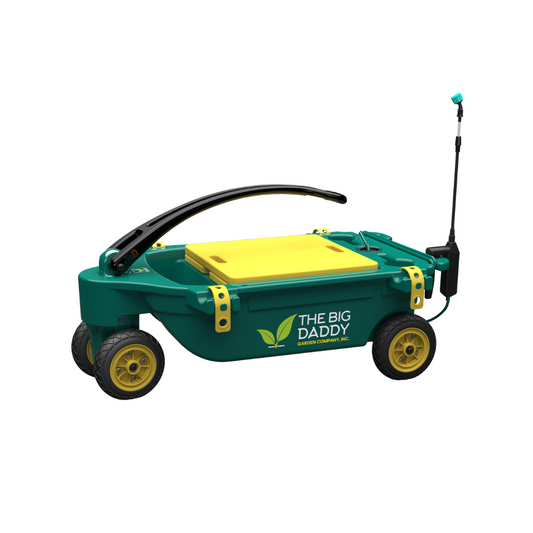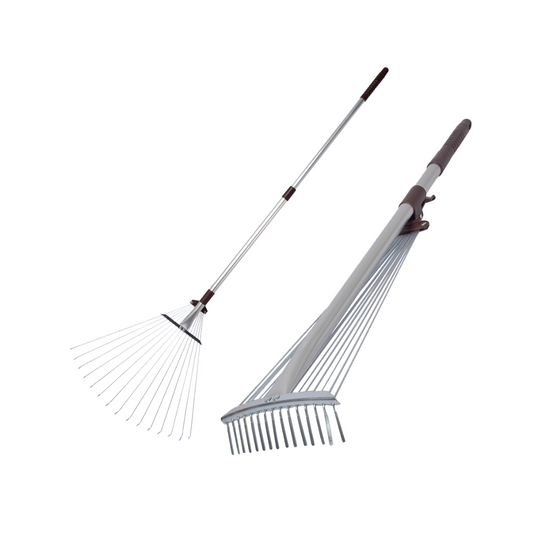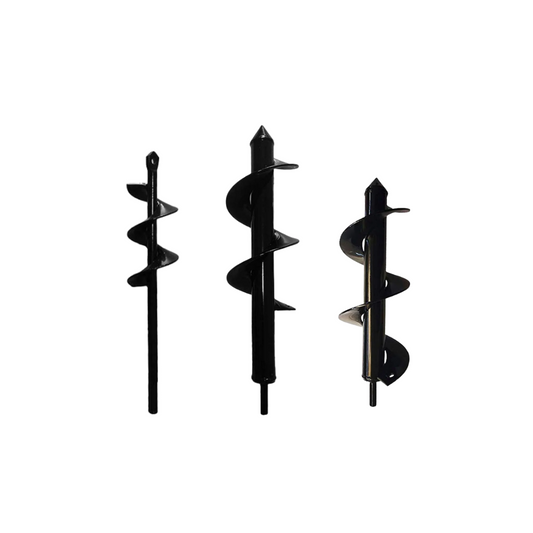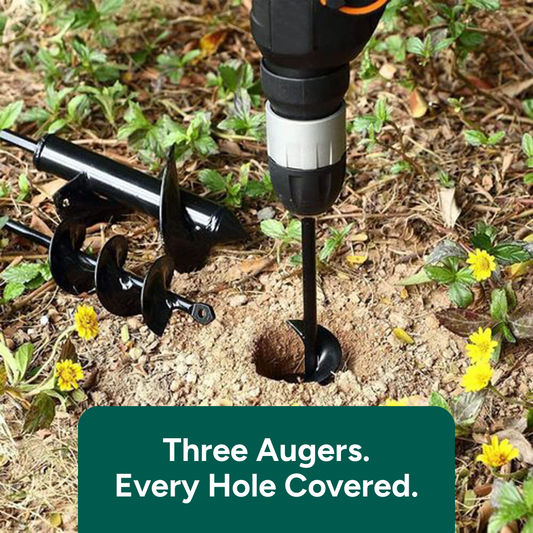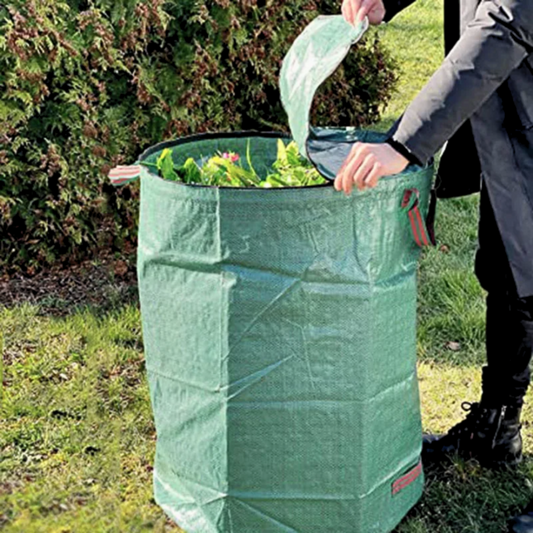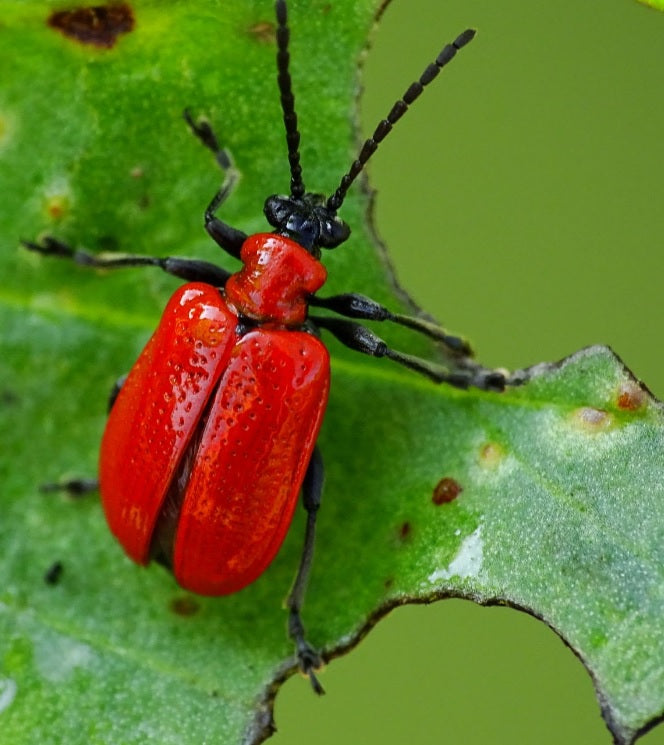
HELP! RED BEETLES ARE EATING MY LILLIES!
HELP! RED BEETLES ARE EATING MY LILLIES!
Dealing with red beetles on your lilies can be frustrating, as these pests can quickly damage or even destroy your beautiful flowers. These beetles, likely the Lily Leaf Beetle (Lilioceris lilii), are known for their striking red color and their appetite for lily leaves, buds, and flowers. Here's a comprehensive guide on how to manage and protect your lilies from these destructive pests, ensuring your garden remains vibrant and healthy.
Identifying the Pest
- Appearance: The Lily Leaf Beetle is a small, bright red beetle, about 6-8 mm long, with black legs, head, and antennae.
- Damage: Look for chewed leaves, holes in the petals, and scarred buds. The larvae, which are orange, brown, or yellowish and covered in a slimy black excrement, also feed on the plants.
Preventive Measures
- Regular Inspection: Early detection is key. Regularly inspect your lilies for any signs of beetles, larvae, or damage.
- Garden Hygiene: Remove and destroy any damaged leaves or flowers and clear away plant debris from around your lilies to minimize hiding places for the beetles.
Natural Control Methods
- Hand Picking: This method can be very effective, especially in small gardens. Regularly check your plants, and manually remove and destroy any beetles, larvae, or eggs you find.
- Neem Oil: Neem oil is a natural pesticide that can deter beetles when sprayed on lilies. It's safe for the plant but should be applied in the evening to avoid harming beneficial insects.
- Beneficial Insects: Encourage or introduce natural predators of the Lily Leaf Beetle into your garden, such as ladybugs, lacewings, and certain types of ground beetles.
Chemical Control
If the infestation is severe, you might need to resort to chemical controls:
- Insecticides: Use insecticides that are effective against the Lily Leaf Beetle. Products containing imidacloprid or spinosad can be applied as a soil drench or foliar spray, respectively. Always follow the label instructions for safe and effective use.
- Systemic Insecticides: These are absorbed by the plant and can provide longer-term protection. However, they should be used as a last resort due to their potential impact on pollinators and the environment.
Integrated Pest Management (IPM)
- Combination Approach: Implementing a combination of methods (cultural, mechanical, biological, and chemical) can provide the best control over Lily Leaf Beetles.
- Monitoring: Keep a close eye on your plants throughout the growing season to adjust and apply the necessary control measures promptly.
Long-Term Strategies
- Resistant Varieties: Consider planting lily varieties that are less attractive to beetles or more resistant to damage.
- Diverse Planting: Increasing the diversity of your garden can help reduce the impact of pests on any single type of plant.
Conclusion
While red beetles can pose a significant threat to your lilies, implementing a comprehensive management strategy can help protect your flowers and ensure they continue to thrive. By combining preventive measures, natural and chemical controls, and adopting an integrated approach, you can minimize the damage caused by these pests and enjoy a beautiful, healthy garden.

